 Home
Home Home
HomeEach puzzle consists of a sentence with a sensitive word blocked out and replaced by "□".
In order to solve the puzzle, the player have to guess what the sensitive word is based on its context and definition.Upon filling in the blank, additional details about the sentence will appear, including the symbols that lead to the next level.
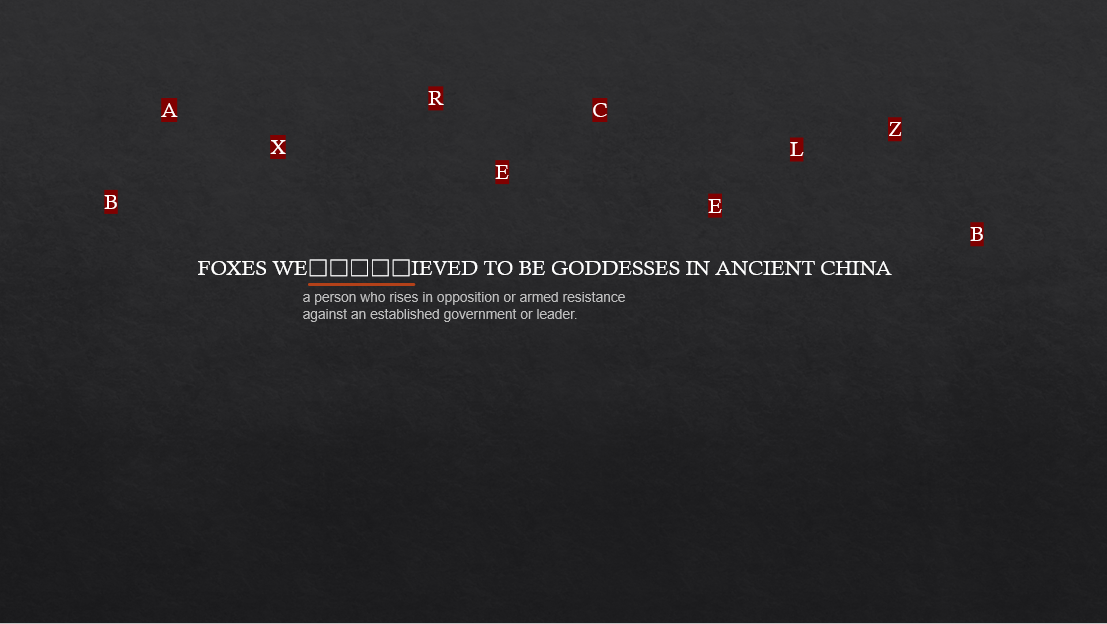
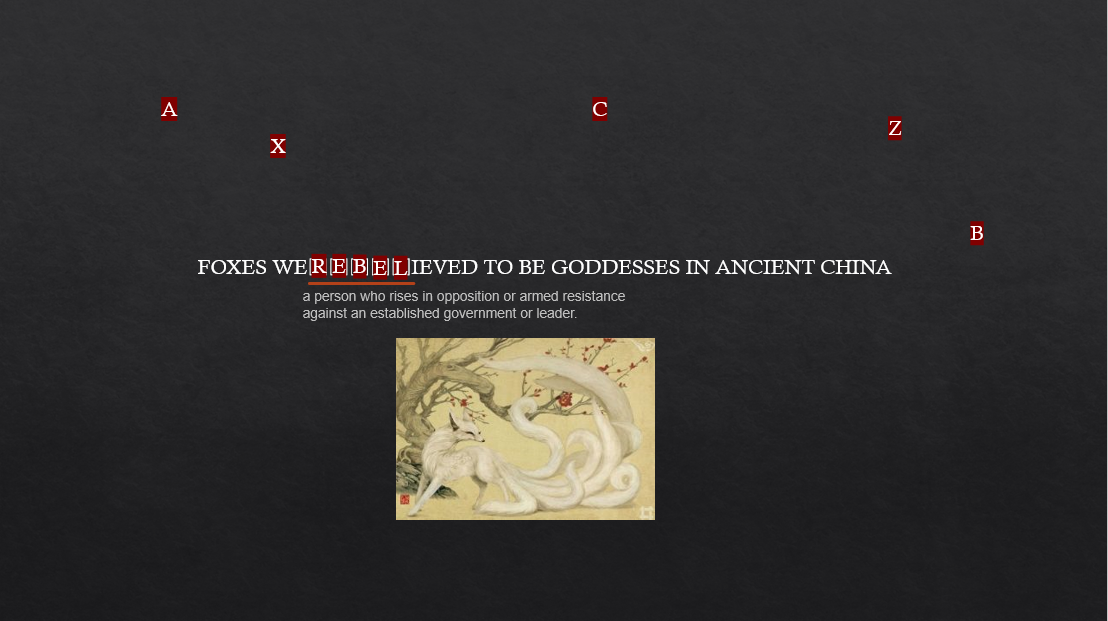
There is some form of polysemy in every puzzle. An adjacent pair of words may form a new irrelavant word when the last part of the first and the first part of the second are combined.It is not uncommon for real-life conversations on the web to include sentences in the puzzles. In that case, the entire sentence will be erroneously filtered if that new irrelevant word has sensitive meaning.
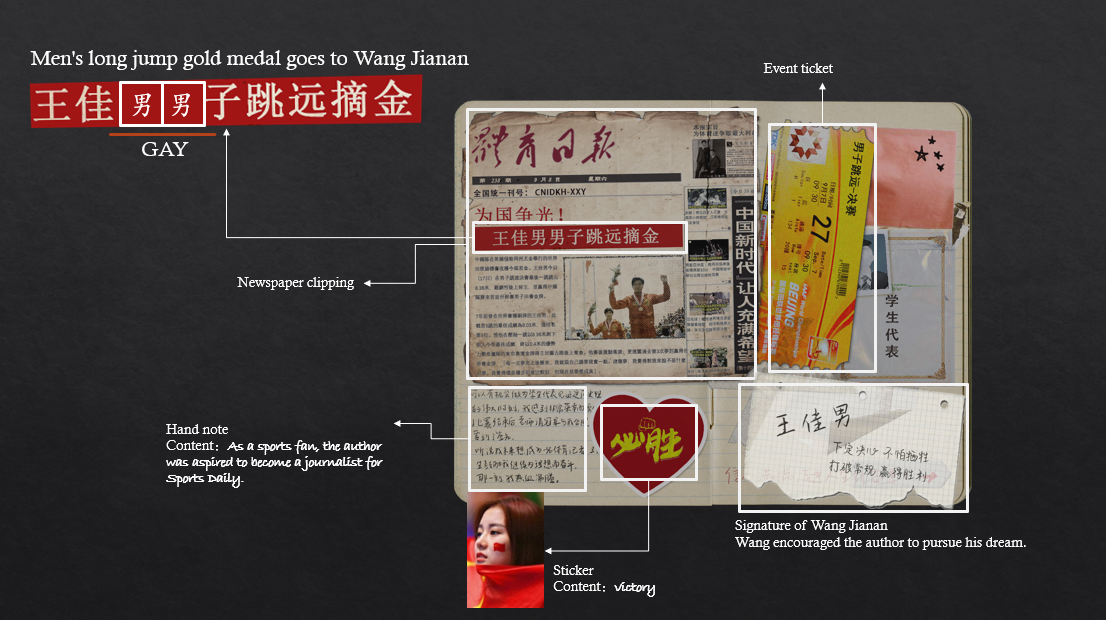
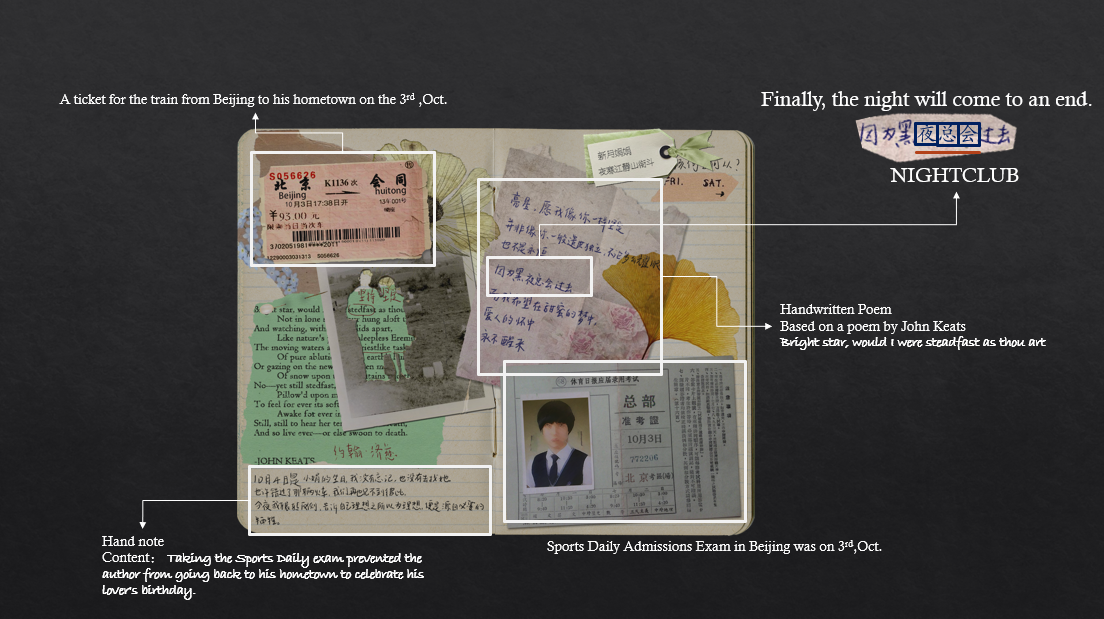
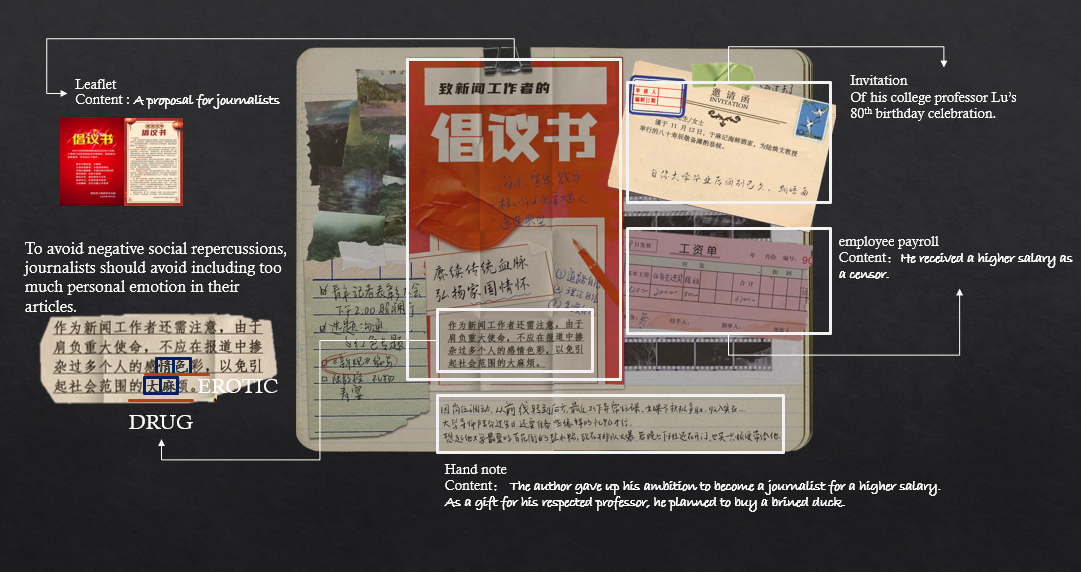
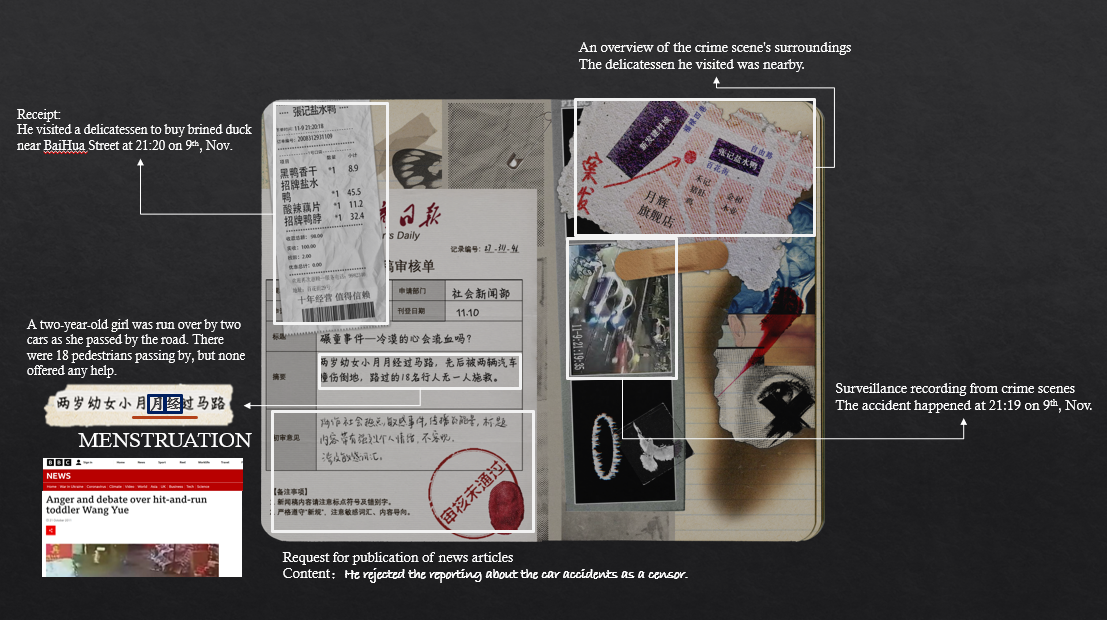
In terms of narrative, I was influenced by Lee Chang-dong's Peppermint Candy. The film opens with a suspenseful scene: a crazy man commits suicide at an alumni reunion. Using "peppermint candy" as a clue, the film then shows several extremely detailed moments in the man's life, including his first love, family and career. In the end, it turns out that the Gwangju uprising is the cause of his indifference and madness.
My life is blocked was my first independent project and my first attempt to convey my point of view through a game. The project increased my proficiency in Unity2D and provided an exercise in narrative design.
My original plan was to create simple crossword puzzles with sensitive words. As I conceived further, I added the main story, weaving all the puzzles together. Additionally, I needed to ensure that the characters used in the crossword puzzle appeared in other narrative material. The narrative design was therefore more challenging than the puzzles themselves. Consequently, the number of puzzles in the final game was significantly reduced from what I had originally planned.
Since the player's ultimate goal was to solve the puzzles, I found that the narrative received relatively less attention during the play test. Many of the facts that needed to be deduced from the narrative material were rarely noticed. For example, only two players realized that the time on the shopping receipt indicated that the protagonist was present at the crime scene. In light of this, I realized that narrative and gameplay need to be integrated closer together.